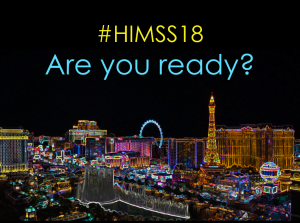I started blogging in 2014. It was a way to share experiences from many years as a health IT leader and to teach others. When I see the number of subscribers to my blog and 100,000 views to date, I think it’s fair to say my blogs are having an impact. As long as that’s the case, I will keep blogging.
fair to say my blogs are having an impact. As long as that’s the case, I will keep blogging.
I was honored to see my blog named for the second year in a row to HealthTech’s Must-Read Health IT Blogger List. Here are some of the ones on that list that I plan to start reading more regularly:
Susannah Fox – She is the former CTO of HHS and covers a range of topics to help people and organizations navigate at the intersection of health and technology.
Inside the Mind of a Healthcare CIO by David Chou, Vice President / Chief Information & Digital Officer for Children’s Mercy Kansas City – I knew David was prolific on social media. I regularly read and share his content. But I didn’t realize that he was also writing a regular blog on a range of topics from his CIO experiences.
Health IT Buzz from ONC – This is a great way to keep up with what is coming from The Office of the National Coordinator and their perspective.
Health Populi by Jane Sarasohn-Kahn – I have met Jane at a few conferences in recent years and always find her insight and analysis to be very enlightening. She covers broad trends in healthcare. Something every IT leader should be tracking.
AAMI Blog – I may be biased as an AAMI board member, but I think all IT leaders need to be keeping tabs on what the issues are in the health technology management (HTM) world. Continue reading








